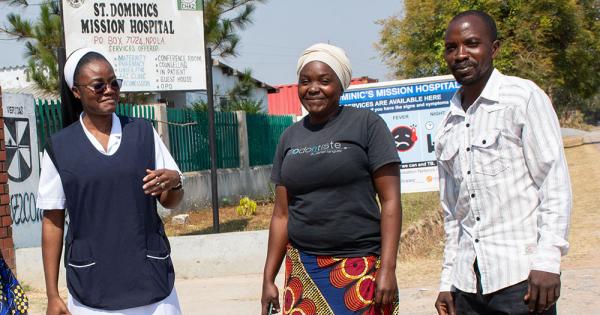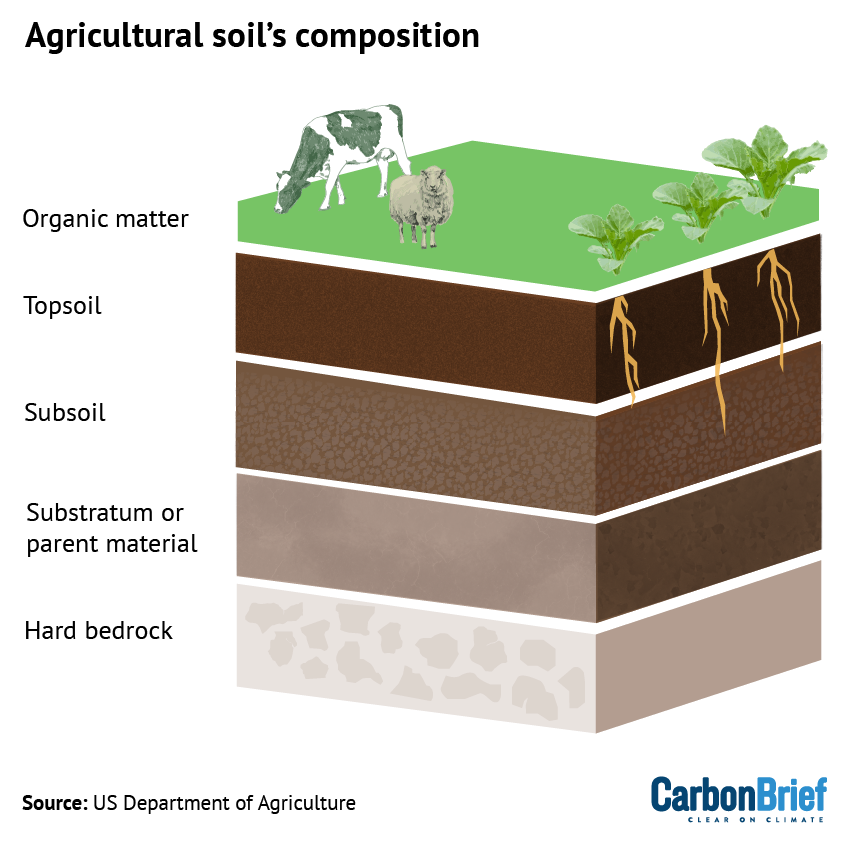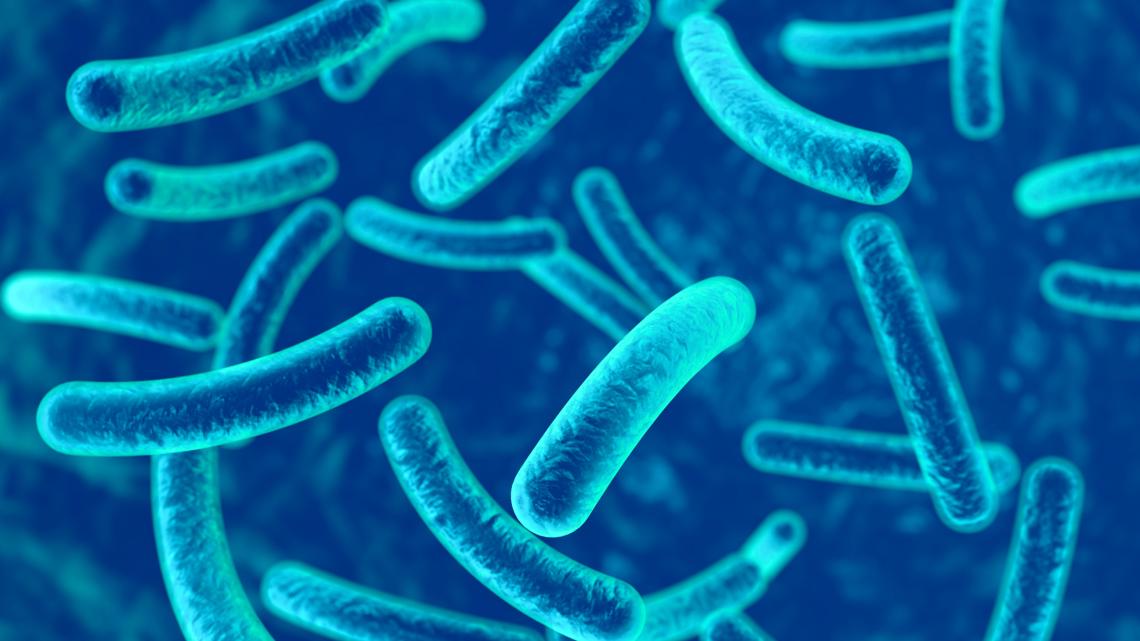More fiber, fewer health risks: evidence for this easy diet fix – News-Medical

Report on Dietary Fiber Intake and Its Impact on Obesity and Mortality in US Adults: Emphasizing Sustainable Development Goals
Introduction
A recent study published in Frontiers in Nutrition examined the association between dietary fiber intake and obesity among American adults, highlighting significant implications for public health and the Sustainable Development Goals (SDGs). The study found that increased dietary fiber consumption correlates with a reduced risk of obesity and lower all-cause mortality in obese individuals, underscoring the importance of nutritional interventions in achieving SDG 3: Good Health and Well-being.
Obesity and Health Risks
Obesity, characterized by excessive body fat accumulation, is a major metabolic condition linked to increased risks of cancer, diabetes, and cardiovascular diseases. According to the World Health Organization (2022), over 2.5 billion adults worldwide are overweight, with approximately 890 million classified as obese. Addressing obesity aligns with SDG 3 by reducing premature mortality from non-communicable diseases.
Dietary Interventions and Fiber Intake
- Various dietary approaches such as low-carbohydrate, Mediterranean, and vegetarian diets have demonstrated effectiveness in weight management.
- Dietary fiber plays a critical role in regulating blood glucose and lipid levels, maintaining intestinal health, and promoting motility.
- Recommended daily fiber intake (2020–2025 guidelines):
- Women under 51 years: 25 grams
- Men under 51 years: 38 grams
- Women 51 years and older: 21 grams
- Men 51 years and older: 30 grams
- Most American adults fail to meet these recommendations, with 97% of men and 90% of women consuming insufficient fiber, increasing risks of obesity-related complications.
Link to Sustainable Development Goals
- Promoting adequate dietary fiber intake supports SDG 2: Zero Hunger by improving nutrition quality.
- Reducing obesity prevalence contributes to SDG 3 by lowering disease burden and healthcare costs.
- Encouraging equitable access to fiber-rich foods addresses SDG 10: Reduced Inequalities.
Study Overview
The study utilized data from the National Health and Nutrition Examination Survey (NHANES) 1999–2018 to investigate the relationship between dietary fiber intake, obesity incidence, and mortality risk among US adults.
Methodology
- Screened 101,316 participants; excluded individuals under 18, pregnant women, and those with incomplete data.
- Analyzed 39,184 eligible participants for cross-sectional correlation between fiber intake and obesity.
- Included 14,421 obese adults (BMI ≥ 30 kg/m²) for longitudinal analysis of fiber intake and mortality over a median follow-up of 9.08 years.
- Adjusted for confounding variables including demographics, socio-economic status, lifestyle factors, and comorbidities.
Key Findings
Demographics and Baseline Data
- Obese group: 14,436 participants; mean age 48.15 years; mean fiber intake 15.80 grams/day.
- Non-obese group: 24,748 participants; mean age 46.60 years; mean fiber intake 17.11 grams/day.
- Majority female; 70.51% non-Hispanic White; 70% with higher education; 36% with poverty income ratio > 3.0.
- 46.84% smokers; notable prevalence of diabetes and hypertension.
Associations Between Fiber Intake and Obesity
- Multifactorial logistic regression revealed a significant inverse relationship between dietary fiber intake and obesity risk.
- Fiber intake above 20.8 grams/day provided the greatest protective effect against obesity.
- Subgroup analyses indicated enhanced benefits among non-drinkers, non-Hispanic Black individuals, and non-smokers.
Fiber Intake and Mortality Risk
- A U-shaped association was observed between fiber intake and all-cause mortality in obese adults, with 26.3 grams/day linked to the lowest mortality risk.
- Negative correlations between fiber intake and mortality were consistent across various demographic and lifestyle subgroups.
- No significant association was found between fiber intake and cancer mortality; cardiac mortality results were inconclusive.
Potential Mechanisms
- Dietary fiber may promote satiety and delay gastric emptying.
- Regulation of gut hormones and improvement of insulin sensitivity.
- Reduction of systemic inflammation.
Conclusions and Implications for Sustainable Development Goals
The study concludes that increasing dietary fiber intake can substantially reduce obesity incidence and all-cause mortality among obese individuals. These findings support public health initiatives aligned with the following SDGs:
- SDG 3 (Good Health and Well-being): Enhancing dietary fiber consumption contributes to the prevention and management of obesity and related non-communicable diseases.
- SDG 2 (Zero Hunger): Promoting access to fiber-rich foods improves nutritional quality and food security.
- SDG 10 (Reduced Inequalities): Addressing disparities in dietary fiber intake can reduce health inequalities among different socio-economic and ethnic groups.
Further longitudinal and intervention studies are recommended to confirm causality and optimize dietary guidelines. Public health policies should prioritize increasing fiber intake as a cost-effective strategy to combat obesity and improve population health outcomes.
1. Sustainable Development Goals (SDGs) Addressed or Connected
- SDG 3: Good Health and Well-being
- The article focuses on obesity prevention and reduction of obesity-related health risks such as cardiovascular disease, diabetes, and mortality, directly aligning with SDG 3’s aim to ensure healthy lives and promote well-being for all ages.
- SDG 2: Zero Hunger
- The emphasis on dietary fiber intake and nutritional guidelines relates to SDG 2’s target of ending all forms of malnutrition and promoting sustainable food systems that contribute to healthy diets.
- SDG 10: Reduced Inequalities
- The article mentions demographic and socio-economic factors such as ethnicity, income, and education, which influence obesity and dietary fiber intake, linking to SDG 10’s goal to reduce inequalities within and among countries.
2. Specific Targets under the Identified SDGs
- SDG 3: Good Health and Well-being
- Target 3.4: By 2030, reduce by one third premature mortality from non-communicable diseases through prevention and treatment and promote mental health and well-being.
- Target 3.8: Achieve universal health coverage, including access to quality essential health-care services and access to safe, effective, quality, and affordable essential medicines and vaccines.
- SDG 2: Zero Hunger
- Target 2.2: By 2030, end all forms of malnutrition, including achieving targets on stunted and wasted children under 5 years of age, and address the nutritional needs of adolescent girls, pregnant and lactating women, and older persons.
- SDG 10: Reduced Inequalities
- Target 10.2: By 2030, empower and promote the social, economic and political inclusion of all, irrespective of age, sex, disability, race, ethnicity, origin, religion or economic or other status.
3. Indicators Mentioned or Implied to Measure Progress
- Prevalence of Obesity
- The article uses body mass index (BMI) ≥ 30 kg/m² as a measure to identify obesity incidence among adults, which is a key indicator for monitoring progress towards reducing obesity-related health risks.
- Dietary Fiber Intake Levels
- Average daily intake of dietary fiber (grams per day) is used as an indicator to assess nutritional adequacy and its correlation with obesity and mortality risk.
- All-Cause Mortality Rates
- Mortality rates among obese individuals are used to evaluate the impact of dietary fiber intake on health outcomes, relevant for SDG 3 target 3.4.
- Demographic and Socioeconomic Data
- Indicators such as age, gender, ethnicity, income level (poverty income ratio), education, and lifestyle behaviors (smoking, alcohol consumption) are implied to measure inequalities and target interventions.
4. Table of SDGs, Targets, and Indicators
| SDGs | Targets | Indicators |
|---|---|---|
| SDG 3: Good Health and Well-being |
|
|
| SDG 2: Zero Hunger |
|
|
| SDG 10: Reduced Inequalities |
|
|
Source: news-medical.net

What is Your Reaction?
 Like
0
Like
0
 Dislike
0
Dislike
0
 Love
0
Love
0
 Funny
0
Funny
0
 Angry
0
Angry
0
 Sad
0
Sad
0
 Wow
0
Wow
0













































































